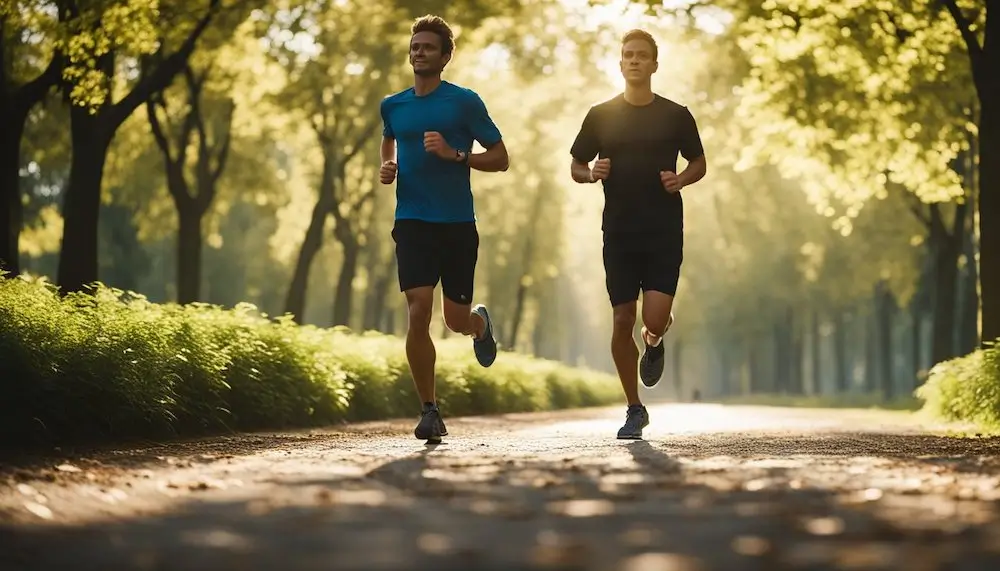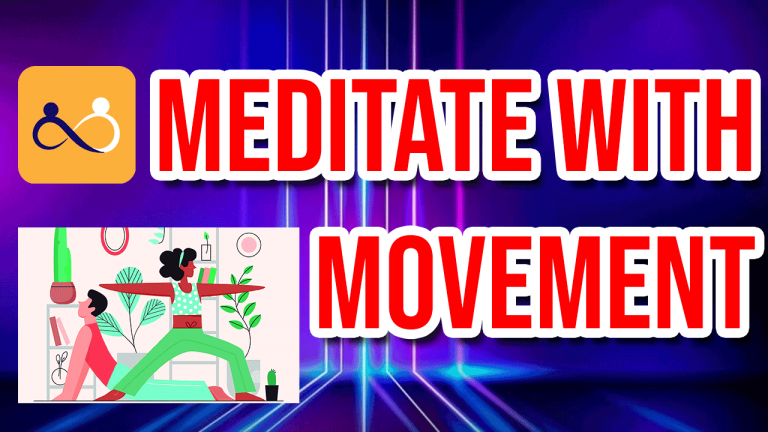The term ‘meditation’ often brings images of people sitting, lying, or standing in stillness, deeply focused or relaxed.
However, these are not the only positions possible for meditation.
Movement meditation, which involves gentle motions, offers an alternative approach.
Discover the tranquility of movement meditation, where every step and motion brings you closer to inner peace and mental clarity.
Hanna Burgess
It is an energetic style of mobility.
It benefits people who prefer to find calm in physical activity.
When practising moving meditation, you might concentrate on the following:
- a mantra
- your breath
- how your feet feel in your shoes or on the ground
- the sound of your foot on the ground
- or anything else that comes to mind.
When you first start, you should travel a little more slowly than usual to be able to feel your anchor at every turn.
Meditate With Movement
Here are some examples of different types of movement meditations, as well as instructions on how to practice them.

Shaking
If you’re feeling particularly tight, this activity is a fantastic method to burn off excess energy.
You can start by standing with your feet apart as wide as your hips apart and slowly shaking one arm, then the other, to get the motion started.
While shaking, you might repeat the mantra “let go” to allow yourself to flow with the movement.
You’d say let when you shake one arm, and when you shake the other arm, you’d say go.
Repeat this chant throughout the entire movement, and bring it to a close by returning to your starting position.
Running
Running can be used as a form of meditation and can be done in your neighbourhood or the woods.
You might begin by taking calm, deep breaths, and focusing on the current task.

The sound of your feet should serve as an anchor from the moment you begin running.
Run with your thoughts in the background, allowing them to fade with each step.
If your mind wanders, bring it back to the sound of your pounding feet.
Cleaning
This technique may appear a chore, but it provides numerous benefits, including a clear mind and home.
Numerous cleaning tasks need repetitive action, like sweeping and mopping.

Performing any cleaning task that does not require slouching is beneficial for meditation.
Instead, it requires maintaining a solid posture while keeping your body relaxed.
Dancing
It is unnecessary to be a trained dancer to learn this meditation technique.
This dance meditation method is entertaining to practice, and it requires no special skills or expertise.
All you have to do is play your favourite song and start dancing without inhibition.
During dancing, focus your attention on each body component movement. Begin with your feet and progress through your full body.
Walking
Walking is a low-impact form of meditation that anyone at any age may do.
Try to walk at a slower pace around the block, in a long hallway, in a field, or the back yard is the goal of this exercise.

The sound of your feet as they lift and lower and the sensation of your toes throughout the action serve as your anchors for this movement.
Walk with a purpose for around 10 or 15 steps and then repeat the process.
Final Words
Achieving stillness requires deliberate engagement in the aforementioned tasks with a focused intention.
Ensure that your meditation is not merely a routine chore or exercise but a mindful practice.
When meditating through these activities, ensure your movements are smooth and flowing.
This allows for mental relaxation.
This approach helps maintain mental clarity during these meditative tasks.
Hana is a numerology, tarot and astrology expert who studied extensively in India and made some amazing connections in that time. Her goal is to teach people how to live lives of passion and purpose by utilizing numbers, tarot and the planets as a guide.

